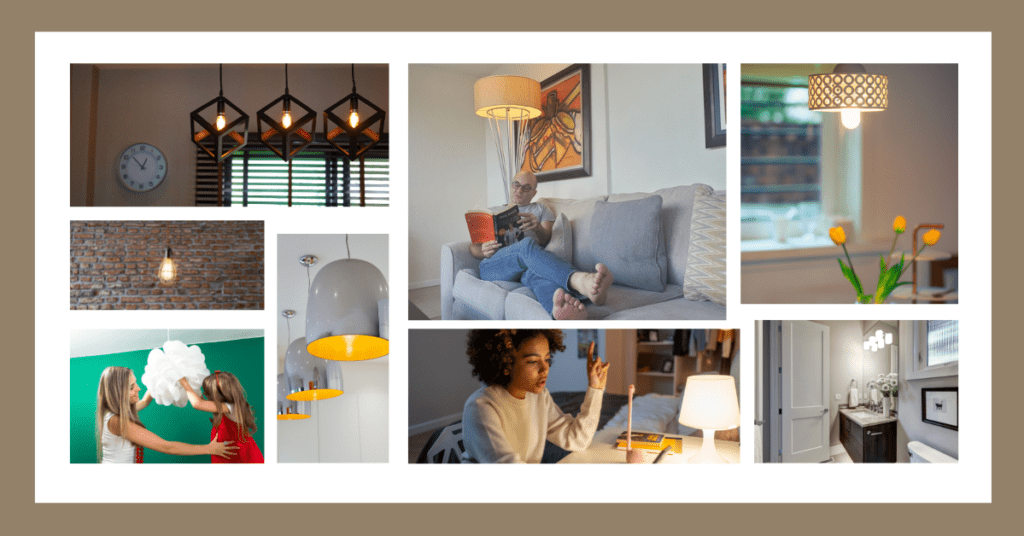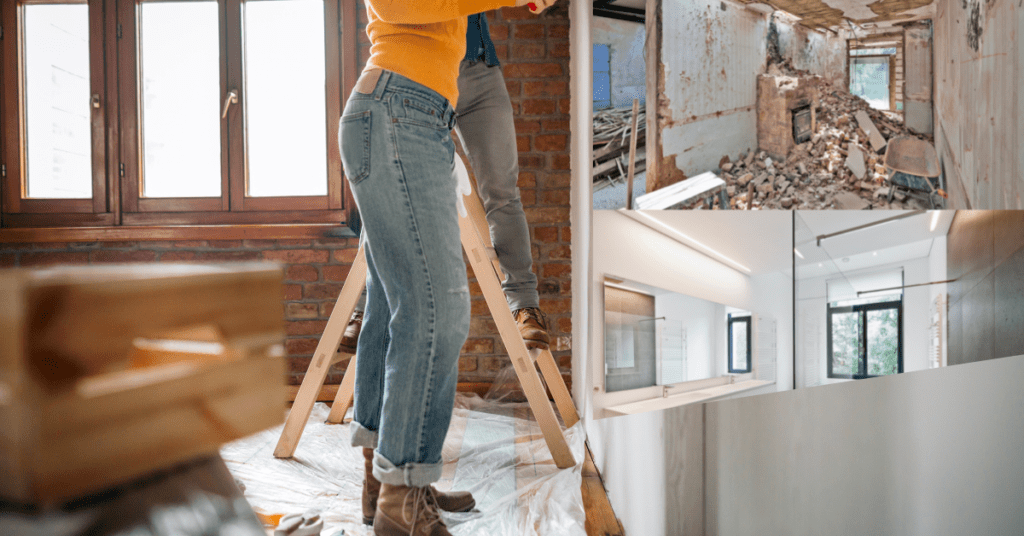Well thought out and executed use of lighting can transform your home. The right lighting can massively increase your enjoyment of your home, add to your well-being, and help you sell or flip it for top dollar. Best of all, when done right it won’t cost you an arm and a leg. In fact, if will be extremely cost-effective.
Of course, great lighting doesn’t happen by chance, it is the result of careful thought and organization. We always follow these 8 guidelines when designing and installing lighting in our home and other properties. We’ve also added a BONUS tip for you so make sure to read right to the very end.
Table of Contents
1. Use a Lighting Plan
The foundation for a well-lit home is an effective lighting plan. This can be part of a wider plan for all aspects of your home, just make sure that you have a lighting plan and that it is carefully thought out. Think about how the room will be used, what features you want to highlight, the impact of natural light, the size of the room and how it flows into other areas of your home.

A good lighting plan will cause fewer headaches, reduce last minute decisions and, most importantly, eliminate the need for costly and inconvenient additional work because you missed an important light fixture that your room really needs.
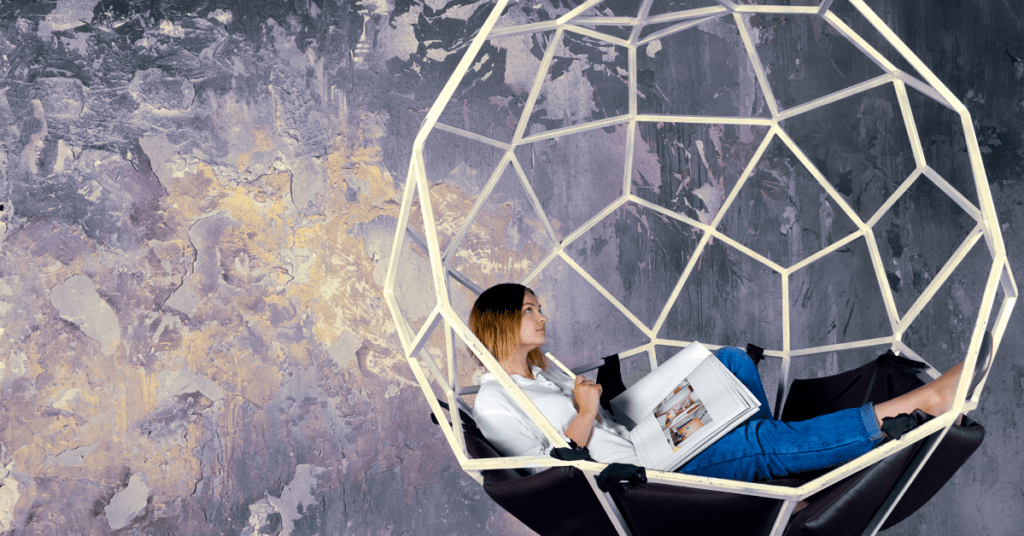
Do this early and take a little time before you start purchasing your lighting and digging up walls to run electrical cables. Check out this HGTV Article to get ideas on how to put together your lighting plan and what it should include.
2. Use Lighting Layers
There are three layers that you should consider when designing the lighting for any room:
- Ambient lighting – this is the main lighting for the entire room
- Task lighting – the lighting you need to help you carry out specific actions such as cooking, reading or eating
- Accent lighting – which is designed to highlight specific features in your home
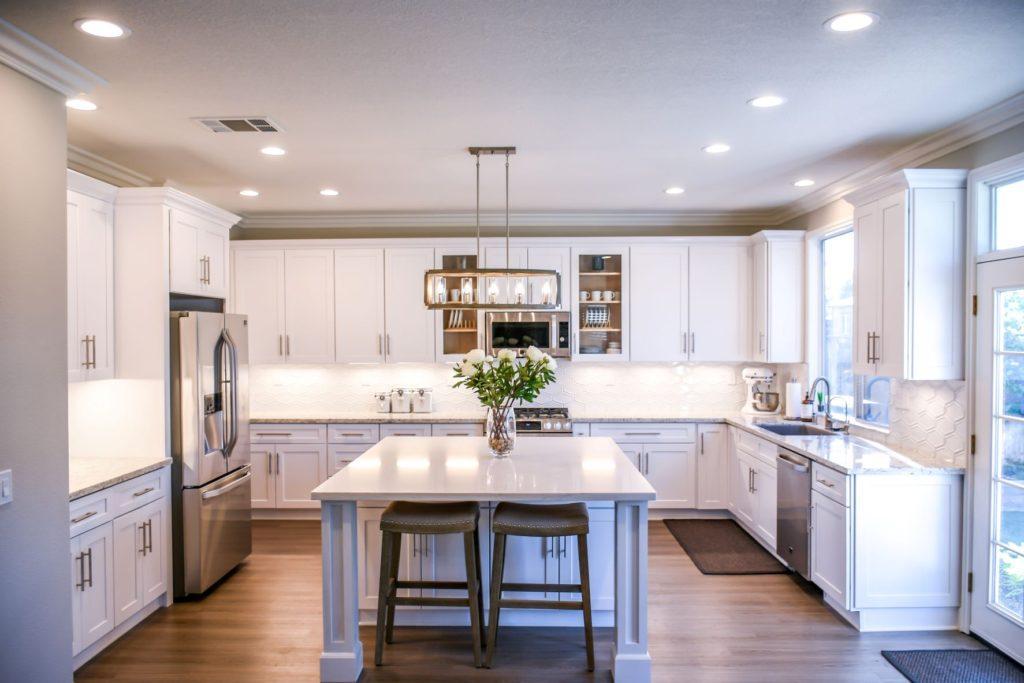
As a rule, you start by planning the ambient lighting first, then move onto task lighting and finally think about your accent lighting. However, if you have a lot of artwork to showcase, in almost art gallery style, you might want to start by planning your accent lighting.
3. Ambient Lighting
As ambient lighting is the main illumination for a room and typically covers the space entirely, this should be your starting point. Usually, you will want this lighting to create a fairly uniform level of lighting across the room.
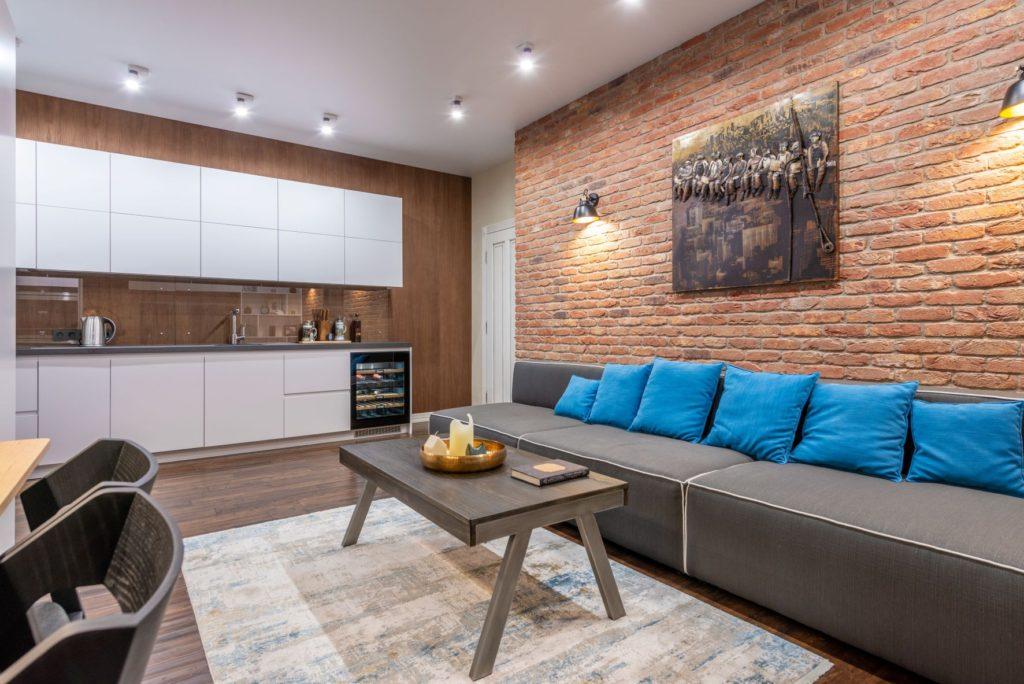
Many types of fitting can be used for ambient lighting. They can often be used together for a composed lighting solution. You can use ceiling lights or recessed fixtures, which direct lighting downwards; wall-mounted lights and sconces that illuminate a wall area, and soffit or valance lighting that is designed to illuminate indirectly by bouncing light off walls and ceilings.
4. Task Lighting
Task lighting is targeted to a particular area of a room so that it can be illuminated in isolation or give extra light to help you perform a specific function. Think of areas where food is prepared, where you may sit to read or watch TV, home office space and dining areas.
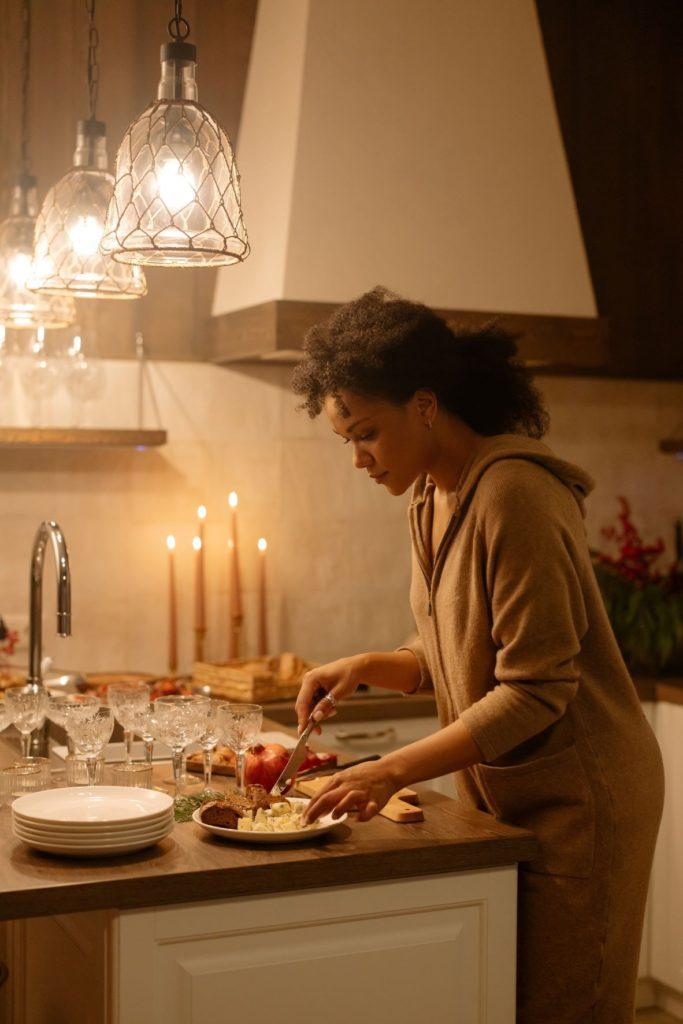
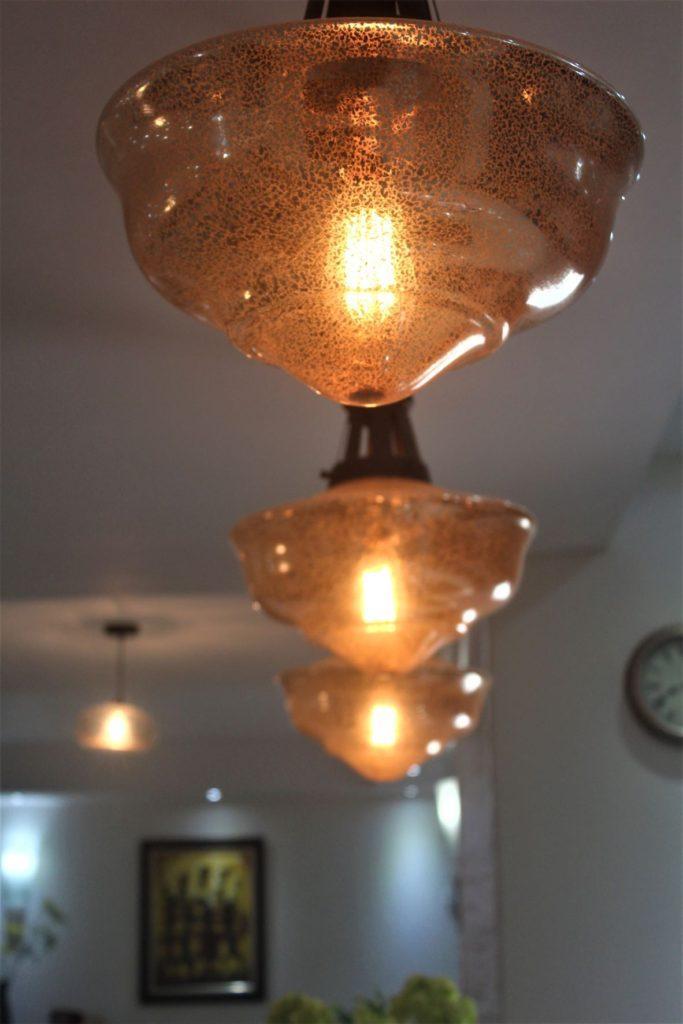
Spotlights often work well in kitchens, while under counter lighting is great for lighting up a counter space. In an office space, a desk lamp can be used for the right amount of lighting for your desk, while a floor or table lamp can be perfect for a reading space.
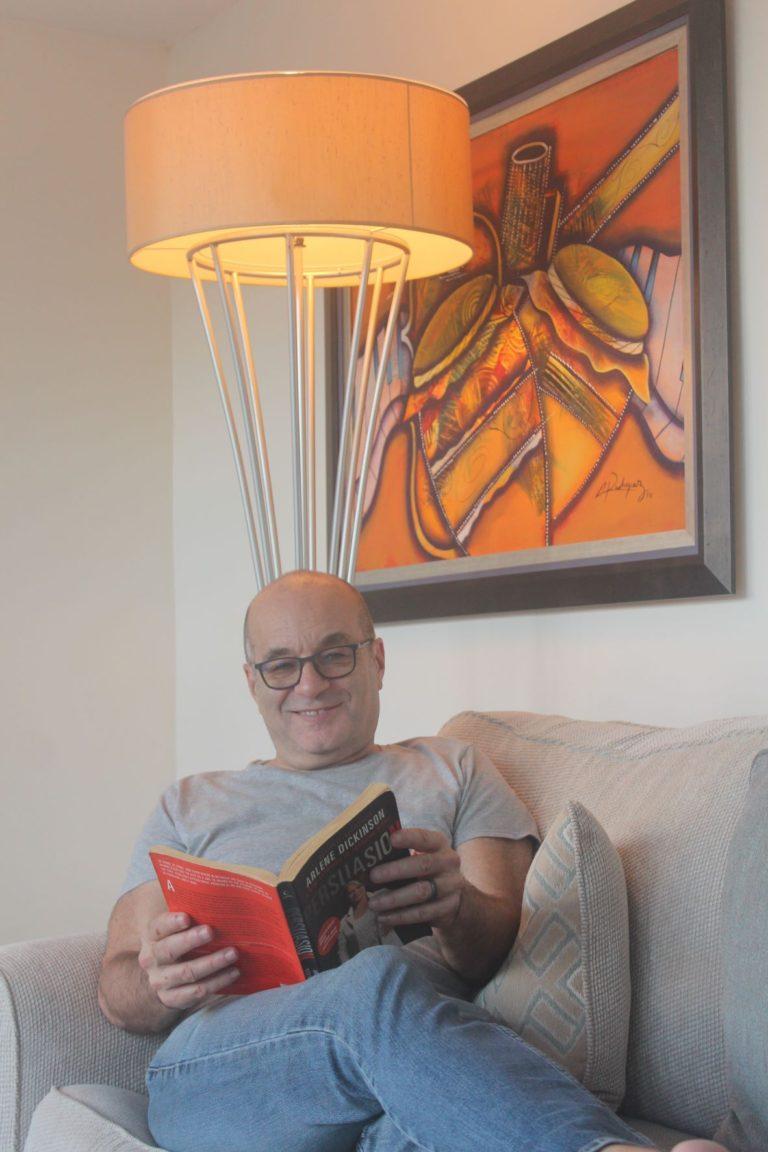
When planning your task lighting, remember what you have planned in terms of ambient lighting. You want to make sure that your task lighting can be used both in conjunction with your ambient lighting as well as on its own. While task lighting can be bright, avoid anything that may seem harsh or cast annoying shadows across your room.
5. Accent Lighting
Accent lighting is often used for that dramatic touch and will usually be noticeably brighter than the ambient lighting in the same space. Spotlights, track lights and directional recessed lighting fixtures can all be used to provide the right type of accent lighting.
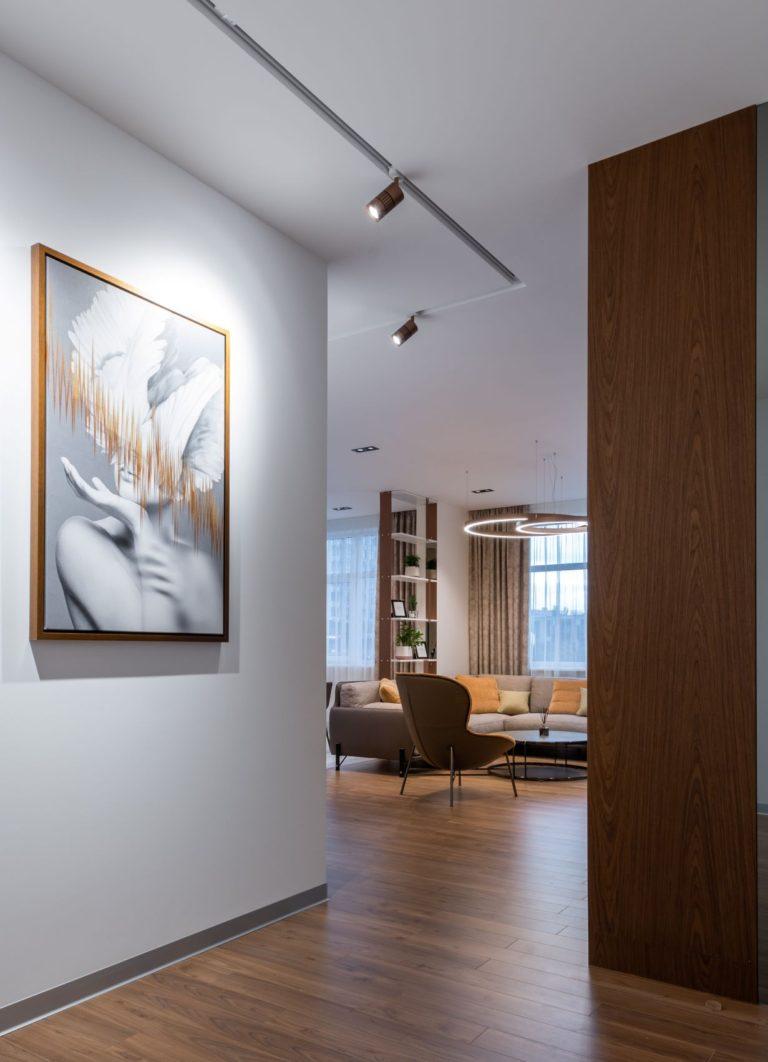
Again, think of your other lighting, especially ambient, and make sure that your accent lighting will work well with it. Be careful about the angle of your accent lighting as, because it’s usually fairly bright, the wrong accent lighting can cause reflections or even change, in a negative way, how the feature you want to be the focal point looks when illuminated.
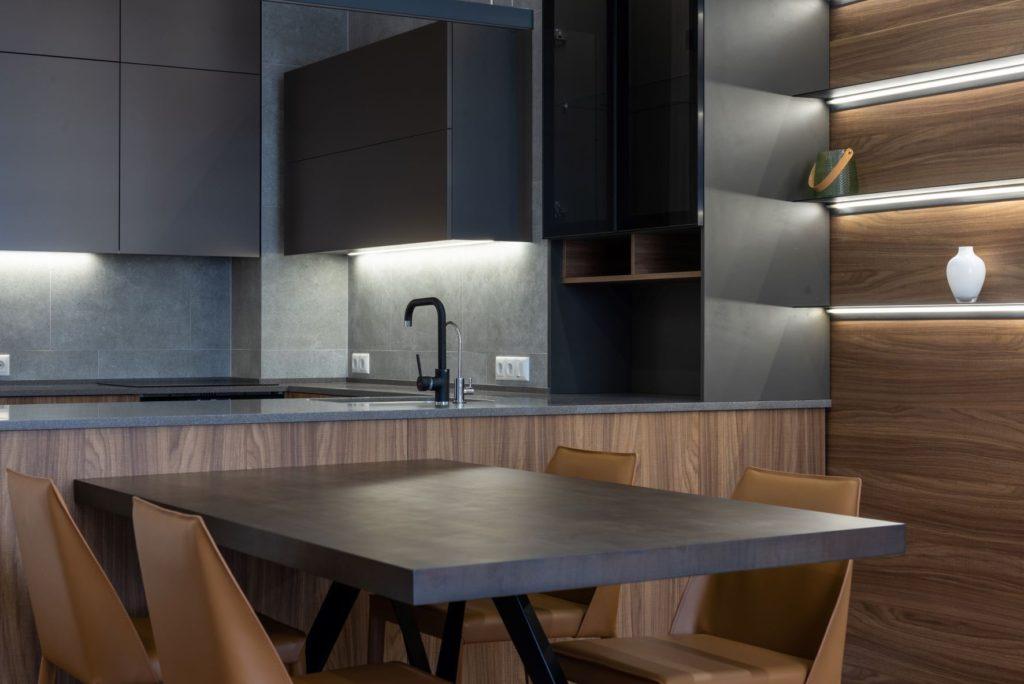
6. Recessed Lights
Anyone who has been to our home knows that we love recessed lights. Our house is not particularly large and yet we have more than 60 installed. There are 4 reasons why recessed lights are great:
- They can create an even spread of lighting across even the largest and strangest shaped room;
- Recessed lights look chic, modern and stylish;
- There is a huge wow factor. When we turn on all 45 recessed lights in our main living space, the effect is simply incredible; and
- They are extremely affordable and cost-effective.
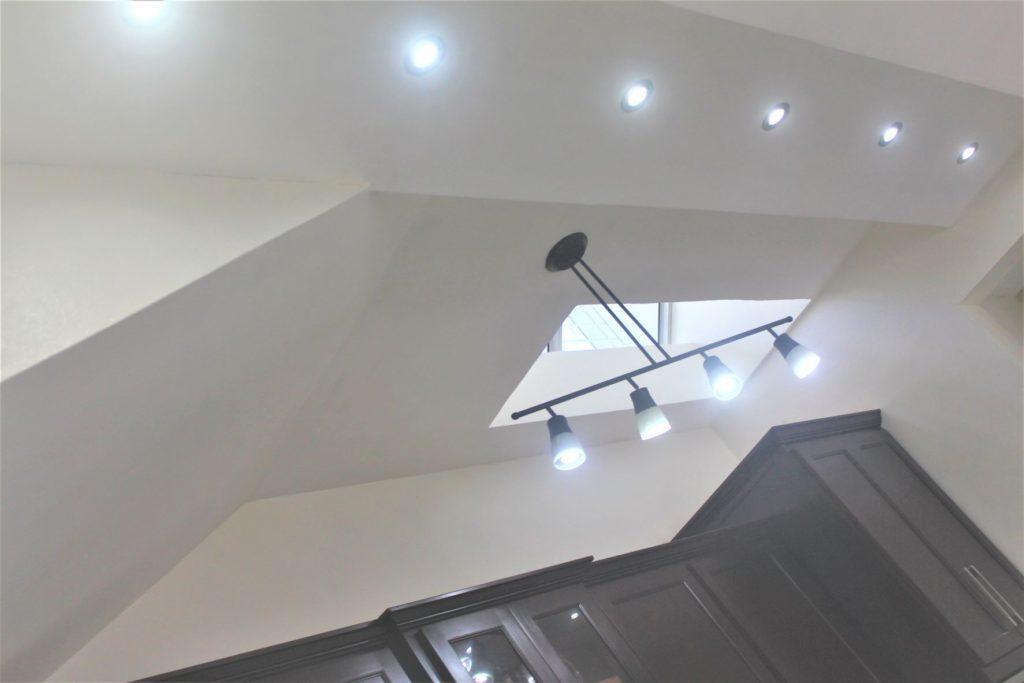
7. Use Lighting as a Feature
Of course, the main purpose of lighting is to illuminate spaces, rooms and other objects. However, a light fixture can be a thing, and usually even better when turned on.
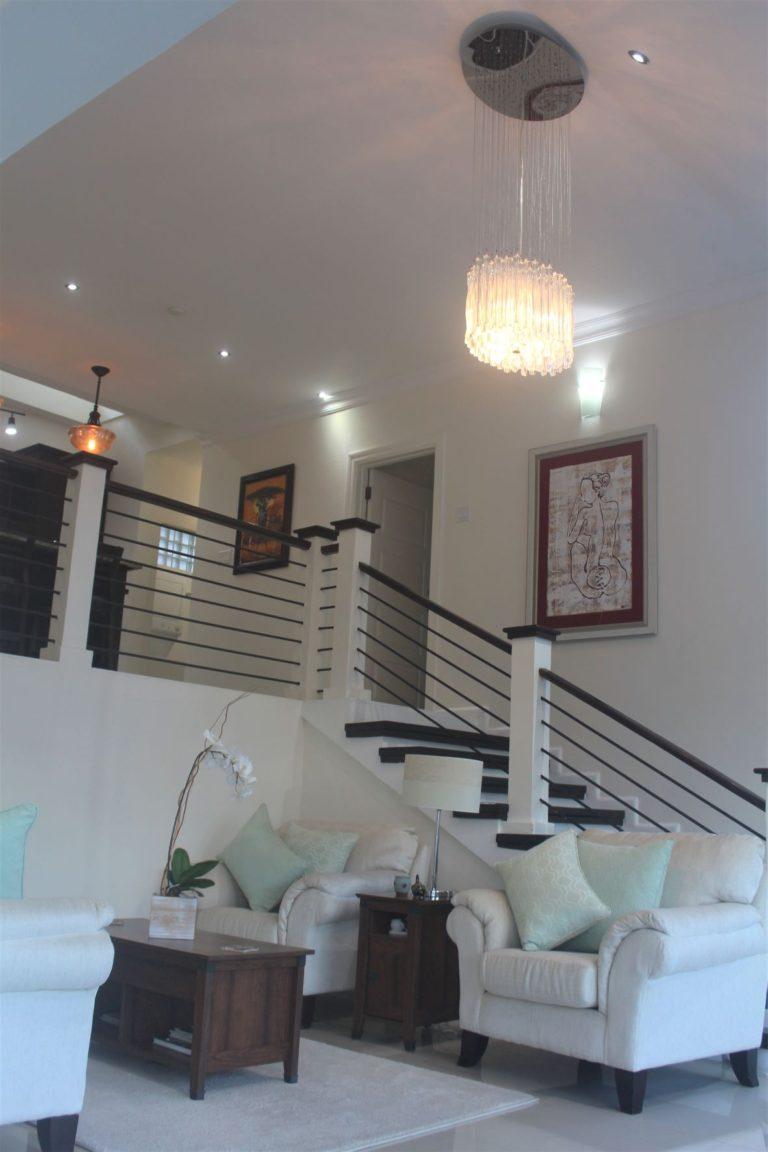
Our personal favourite is the chandelier in what we rather pretentiously, and slightly tongue in cheek, call the Morning Room. It is by far the most expensive light fitting in our house and, thanks to the design of our home, is at eye-level for those in the kitchen and dining area.
Nearly every first-time, a visitor to our home comments on our chandelier as you can’t miss it!
8. Choose your Bulbs Carefully
It is easy to do. You spend significant time and huge effort choosing and installing light fixtures, only for the bulbs to be an afterthought. Maybe some were picked up from the supermarket as you did your weekly shopping. Of course, we have to do better than this and we need to select the bulbs carefully to ensure that your lighting is the best it can be.
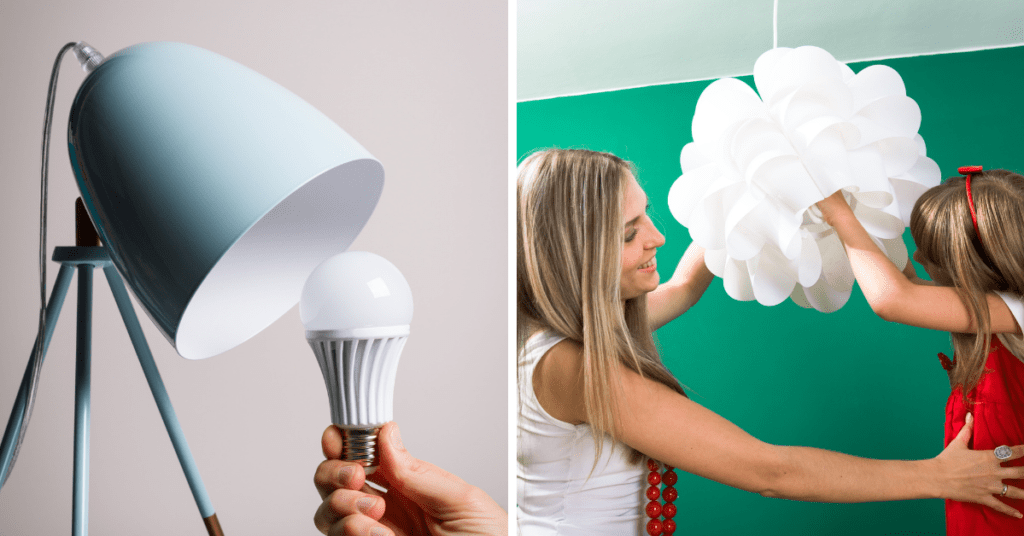
Always consider the following:
- How bright do you need the space to be? Obviously, the brighter you want it to be, the higher the wattage of the bulbs you should purchase.
- What atmosphere do you want to create? Warmer bulbs (lower temperature) will give you an atmosphere that is calming and relaxing. Cooler, higher temperature bulbs will give you a feel more like a bright, sunny day.
- How important is energy efficiency? For lights that are used less often, it probably doesn’t matter, but for those that are used more frequently it is super important to install energy efficient bulbs. Obviously, our 60+ recessed lights all use highly efficient LED bulbs, otherwise we would never afford to turn them on!
- How will the light coordinate with other lights? If you plan to have different lights on simultaneously, then they need similar bulbs, especially in terms of colour temperature. However, sometimes you may want to use lights in the same room independently of each other, and you choose very different bulbs. In our kitchen, we have bright, cool bulbs in our spotlights and recessed fitting, but the pendants over the breakfast bar, use warm, old-style filament bulbs to help create the right atmosphere when we eat there in the evening.
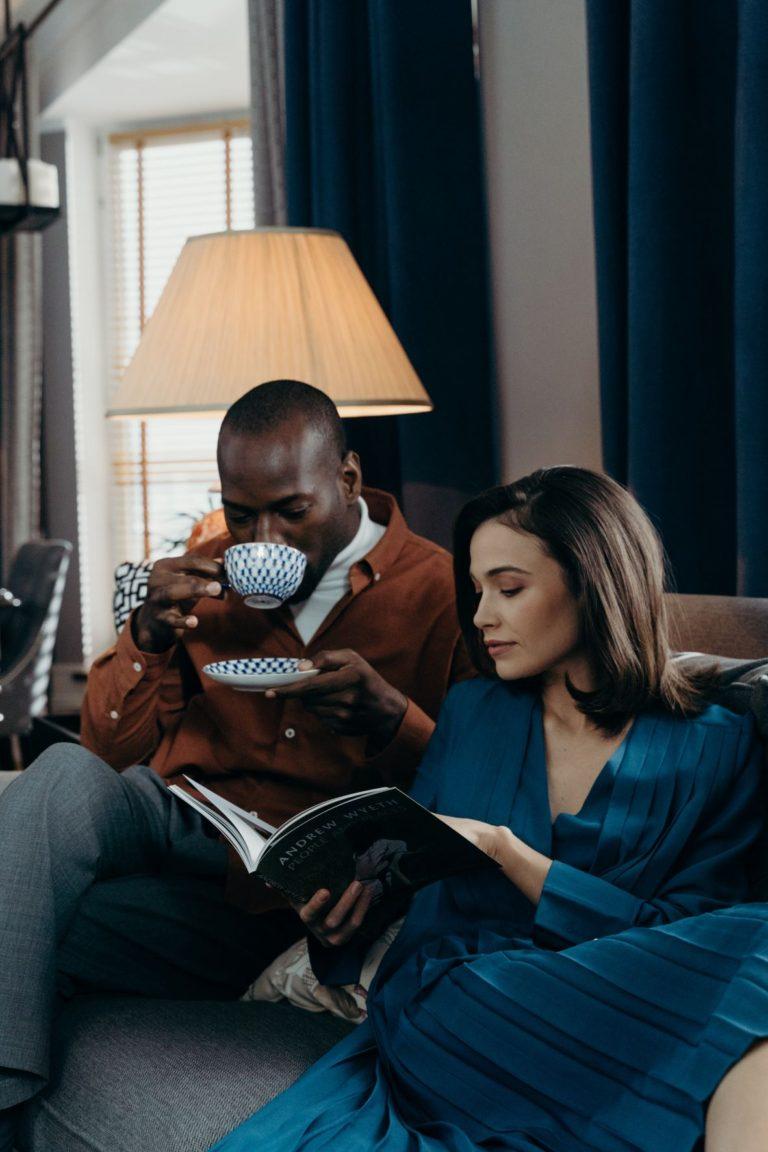
A quick pointer on dimmer switches. Make sure that the bulbs you choose will work with a dimmer, not all LED bulbs are dimmer compatible.
Bonus tip – Use Lighting to look your best in Zoom Meetings
Many more of us are working from home these days and may continue to do so for the foreseeable future. Part of this is the dreaded Zoom meeting. Nick has been working from home for almost 10 years and one trick he uses to help him look his best on a video conference involves his desk lamp.
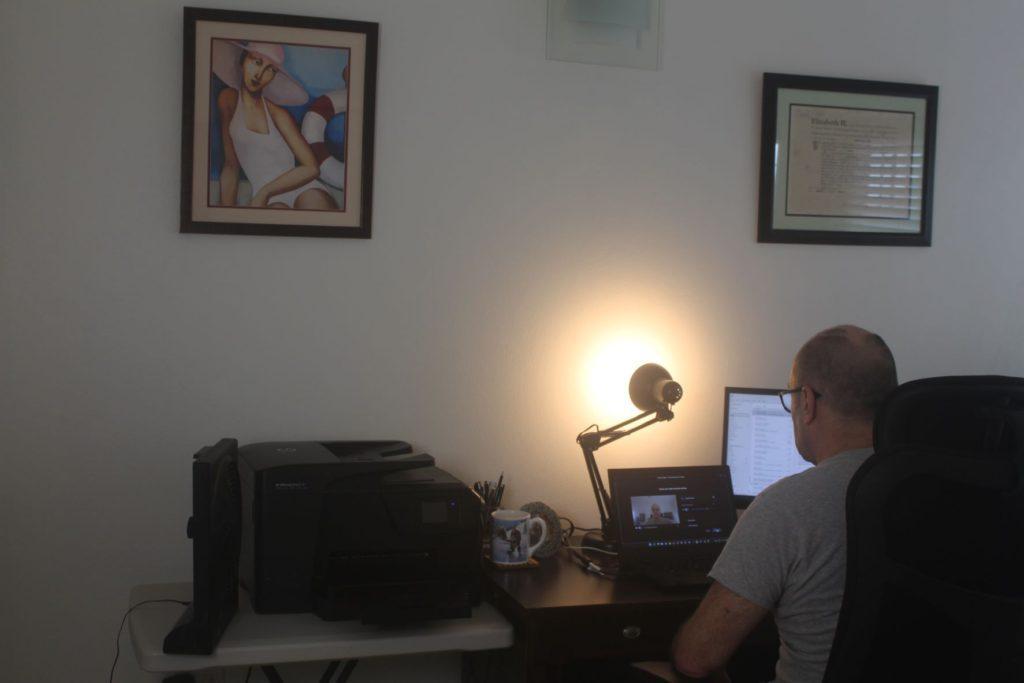
Rather than have the lamp face him, he positions it behind his laptop and points the lamp at the wall. The light bounces back and gently illuminates him so that he looks his best. He’s well lit, but the light isn’t harsh. Who said that a middle-aged man can’t be vain!
What did you think of this article on lighting for your home, did I miss anything you needed to know? Let me know below in the comments.
Author
Monique Abbott
Hi, I ’m Monique, founder and editor-in-chief of Yes2Yolo, travel addict and lover of home makeover projects.
I’ve explored over 60 countries with my husband Nick. Together we’ve partnered on some truly exciting projects such as creating and running a successful Airbnb business, chairing condo boards, purchasing fixer-uppers and renovating them from scratch on our own while balancing all of this with full-time jobs and family.
While my personal passions are travel and home décor, I am, by profession, a lawyer with over 17 years experience.
